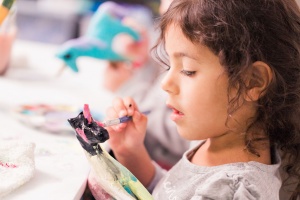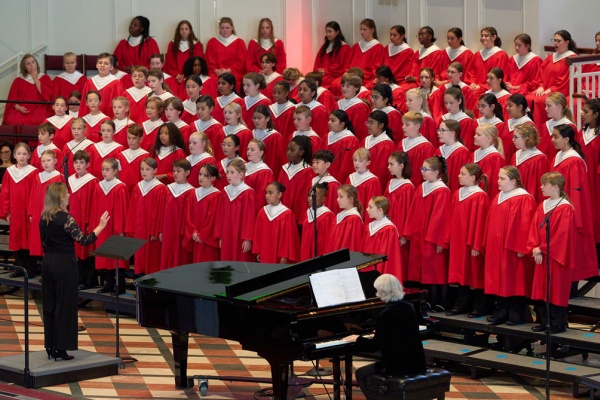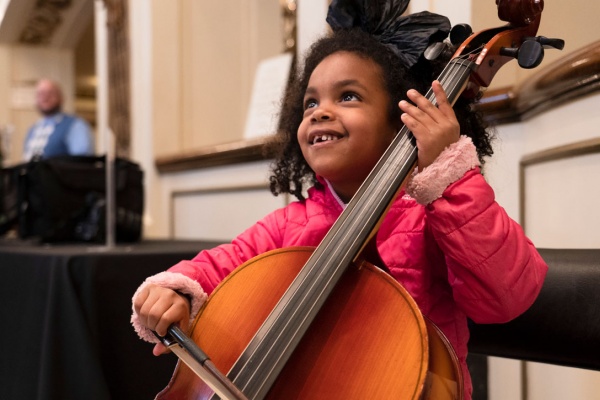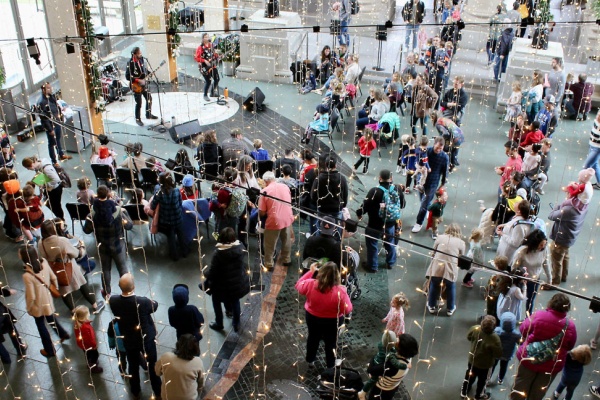
St. Louis Will Soon Be Robotics Central
When you first hear the term “robotics,” thoughts of fun, high-spirited competitions and unique social and cultural interaction likely don’t come to mind.
“robotics,” thoughts of fun, high-spirited competitions and unique social and cultural interaction likely don’t come to mind.
That's about to change. Around St. Louis you’ll soon be hearing a lot about robotics.
“If a parent comes up to me and asks, I say that robotics is an engaging way to get kids to build. They can actually design and create something that they can see come to life,” said computer science professor Jerry Weinberg, who is acting associate provost for research and the dean of Southern Illinois University-Edwardsville’s graduate school.
Robotics is bringing together area students who share a distinct interest, and the result is more organizations and competitions. The greater St. Louis area has been a major robotics player for several years and is now one of the nation’s hotbeds.
Sure, scholars like Weinberg are selling area kids on amusement and camaraderie. But don’t underestimate the related skill sets and future impact.
Research shows kids who participate in robotics competitions are more than twice as likely to pursuer a career in science and technology, nearly four times as likely to pursue a career in engineering and more than twice as likely to volunteer in their communities.
There has been a bevy of robotics competitions around St. Louis over the past several years. In March 2010, the 19th FIRST Robotics regional competition was held in our city. More than 40 high schools in Missouri and eight other states competed.
This year, the regional competition is set March 16-19 at the Chaifetz Arena, and the worldwide FIRST championships will be held April 27-30 at the Edward Jones Dome. The public is invited to attend both competitions. Admission is free.
FIRST (For Inspiration and Recognition of Science and Technology) was founded by inventor Dean Kamen, known for inventing the Segway Human Transporter. It features 20,000 teams with students ranging from 6 to 18 years old.
Kamen selected St. Louis to host the worldwide FIRST championship for three straight years. It will encompass FIRST Robotics (for grades 9-12), FIRST LEGO League (for grades 4-8), Junior FIRST LEGO League (for grades K-3) and FIRST Tech Challenge (for grades 9-12).
“St. Louis has consistently demonstrated that they truly understand the mission of FIRST, and the city shares our viewpoint on the importance of helping young people reap the rewards and excitement of education and careers in science and technology,” said Kamen.
“The cool part is, with the championship coming, it’s bringing together this community that has been building up to support this one major event in St. Louis,” said Paul Freiling, FIRST Robotics Coordinator at the Saint Louis Science Center.
Here is how FIRST works: Teams are given a standard set of parts and the game details in January and have six weeks to make a robot. Simple rules – complicated execution. During competition, robots are placed in an arena known as The Pit and operated by remote control.
Robots pick up balls and try to place them in goals, managing jagged surfaces and obstacles while also defending against their opponents.
Last year’s FIRST game was called Breakaway and was played on a 27-by-54-foot field. Points are also awarded if the robot can lift itself off the playing field before time expires.
FIRST competitions encourage creativity but also professionalism. Kids experience the excitement of solving real-world challenges in a very hands-on way. In addition, $14 million in FIRST scholarships are offered by more than 130 colleges, universities and companies.
FIRST is one of many outlets for robotics devotees. For example, the Science Center holds summer camps that cater to children of all ages. Kids learn age-appropriate basics of design, mechanics, programming and logical reasoning. Older campers create their own robots and compete.
For more information about the regional FIRST Robotics competition, go to www.stlouisfirst.org. For more about the international competition go to www.usfirst.org
Robotics 101
Robotics is a robot’s engineering, design and technology. Quick fact: The word robot was introduced to the public by Czech writer Karel Čapek in his 1920 play Rossum's Universal Robots. Robotics was first heard in 1941 when Isaac Asimov used it in his science fiction short story Liar!
The first digitally operated robot was developed in 1961, with the goal being to lift hot pieces of metal from a die-casting machine. This began robots’ deep integration into the U.S. economy and manufacturing.
Their widespread use is correlated to how robots perform jobs more efficiently than humans. They are also used to spare human lives, from dealing with bombs to exploring space. At FIRST Robotics, you can watch student-built robots compete.
By Brian Doolittle for St. Louis Kids Magazine





















